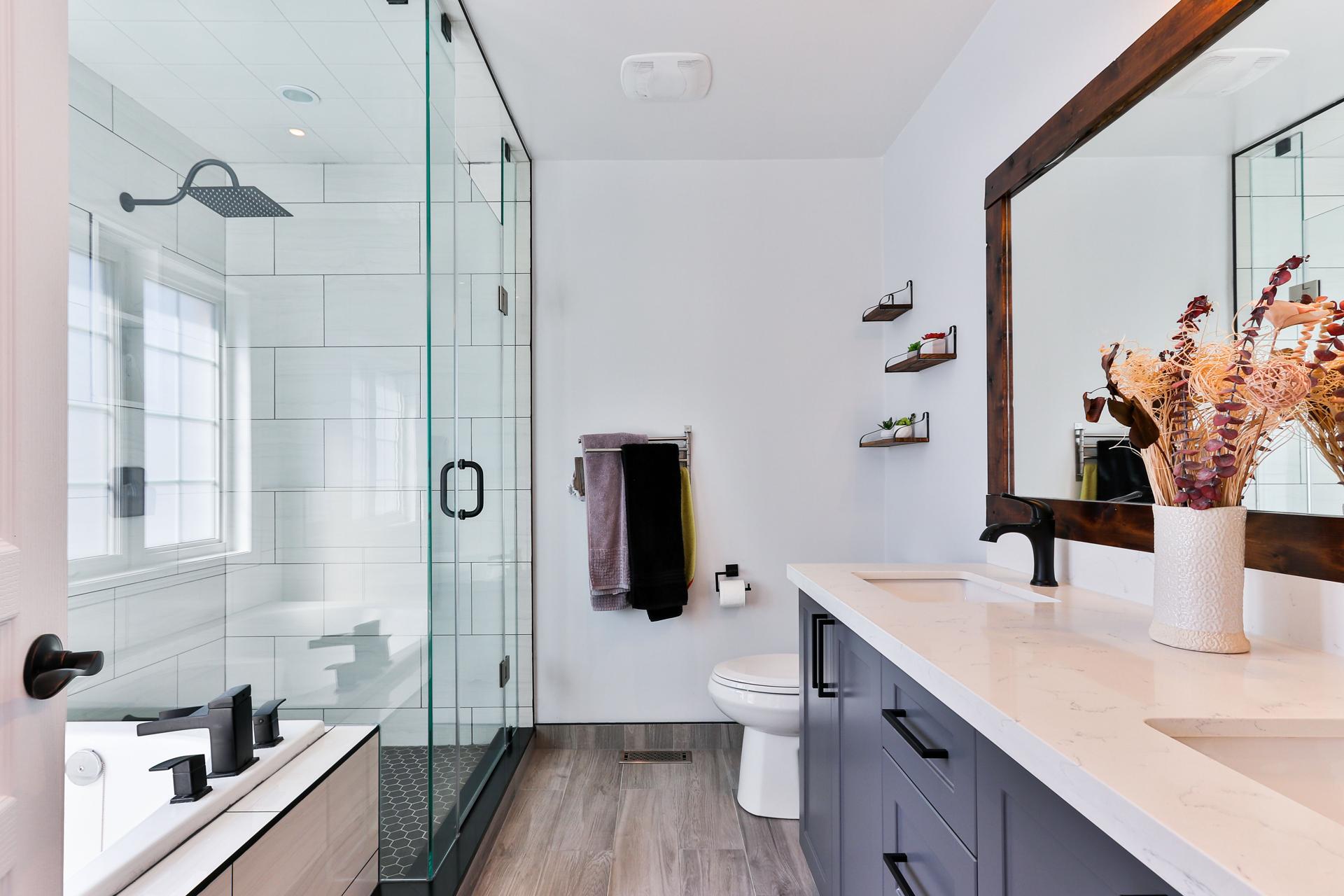Exploring Hot Water Plumbing: 101 Explained

Hot water plumbing is an essential element of our daily lives. It is essential to have hot water for a variety of reasons like taking a bath, washing dishes, and even doing laundry. In this article, we’ll provide you with a basic understanding of the way hot water plumbing functions.
Hot Water Plumbing Basics
Hot water plumbing is the plumbing system that distributes hot water to different parts of a structure. It differs from cold-water plumbing by heating water prior to it being distributed across the entire building. The main components of a hot-water plumbing system include the pipes, water heaters, valves, and fixtures. The water heater is the most critical element of a hot water plumbing system. It warms water and stores it until it is needed. The pipes carry warm water that is heated from the heater to the fixtures, including showers and faucets. Valves control how hot water flows while fixtures serve to distribute hot water to various parts within the structure.
Types of Hot Water Heaters
There are three main types of water heaters on the market that include tankless, storage tanks, and heat pump water heaters. Tankless water heaters heat water upon demand and do not conserve hot water. Tank water heaters that store hot water in tanks until they require. Heat pump water heaters make use of electric power to transmit heat through air or ground to warm the water. Each type of water heater is hot and has its advantages and disadvantages. Tankless water heaters are more energy-efficient and have a longer lifespan however, they are more expensive. Storage tank water heaters are less expensive but have a shorter life span and aren’t as efficient in energy use. Heat pump water heaters are the most energy efficient, however they could not be suitable for climates with colder temperatures.
Hot Water Plumbing Maintenance
Regular maintenance is vital to ensure that your hot water plumbing system functions properly and effectively. A few tips to maintain a hot water plumbing system includes checking for leaks as well as flushing the tank and replacing the anode rod. Checking for leaks is essential to prevent water damage , and to make sure that the hot water plumbing system isn’t wasting water. Flushing the tank removes sediment and mineral buildup, which reduces the effectiveness that the heater is able to provide. The anode rod was designed to resist corrosion and must be replaced every couple of years.
Troubleshooting Plumbing Issues with Hot Water
Common problems that arise in hot water plumbing systems include lack of hot water or low water pressure. If you are experiencing a lack in hot water pressure, this may be caused by a malfunctioning heating element or a faulty thermostat. Low water pressure can be the result of a blocked pipeline or valve. If you are experiencing any of these issues, it is recommended that you consult a professional plumber to determine and fix the issue.
Conclusion
Understanding the way that hot water plumbing functions is vital for ensuring your plumbing is functioning correctly and effectively. regular maintenance, as well as troubleshooting is important to avoid problems and prolong the lifespan of the hot-water plumbing.
The Hot Water Plumbing FAQ
How long does the lifespan of a hot water heater?
The life span of hot water heaters varies on the model and the type. In general, a storage tank water heater lasts between 8 and 12 years and tanksless water heaters can last up to 20 years.
How can I tell if my hot water heater needs replacement?
Signs that your hot water heater is in need of being repaired include corrosion or rust on the tank, leaks, strange noises, and a lack in hot water. If you are experiencing any of these issues, it is recommended that you consult a professional plumber.
